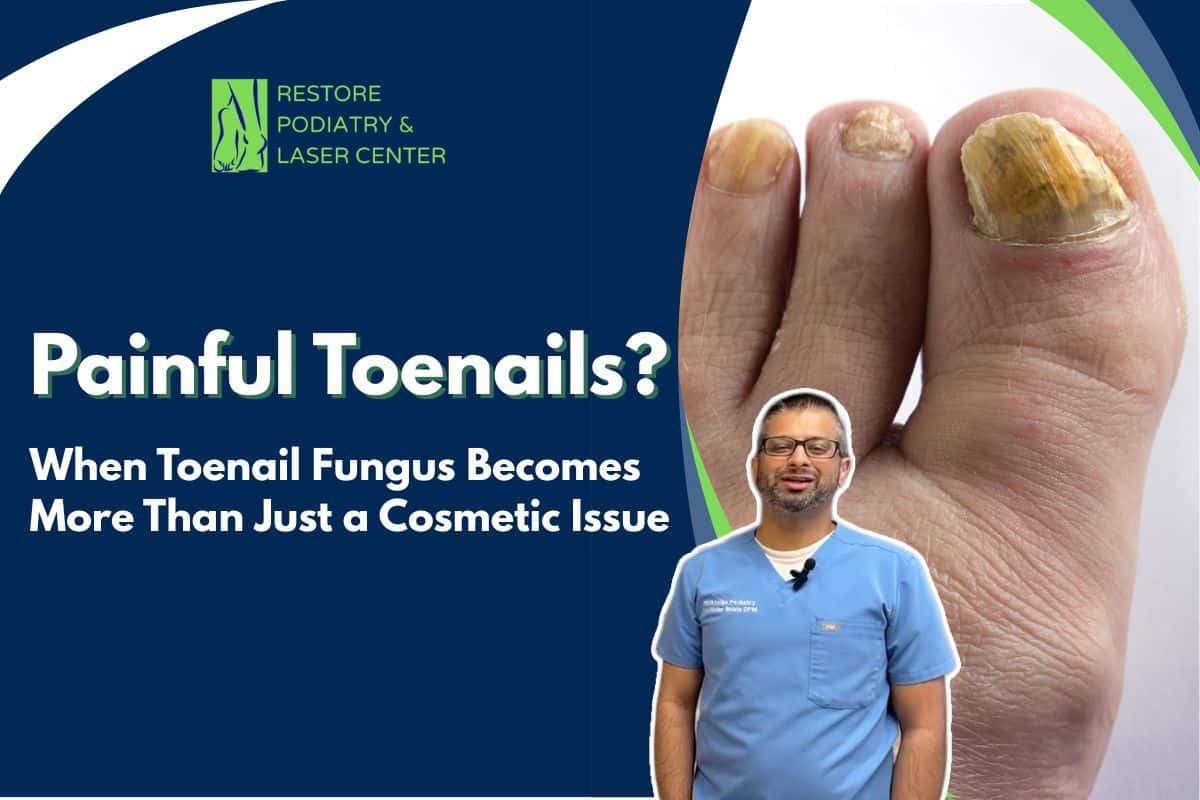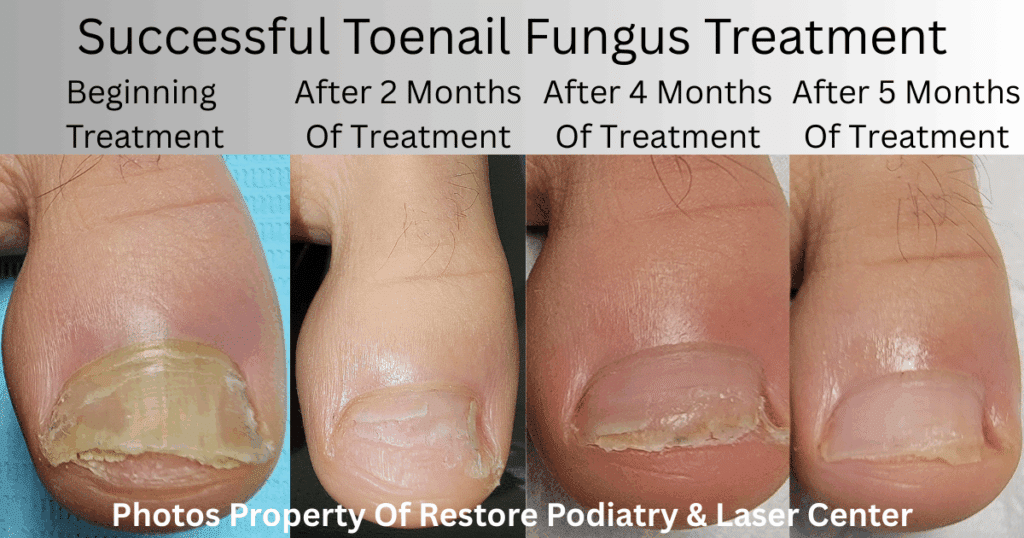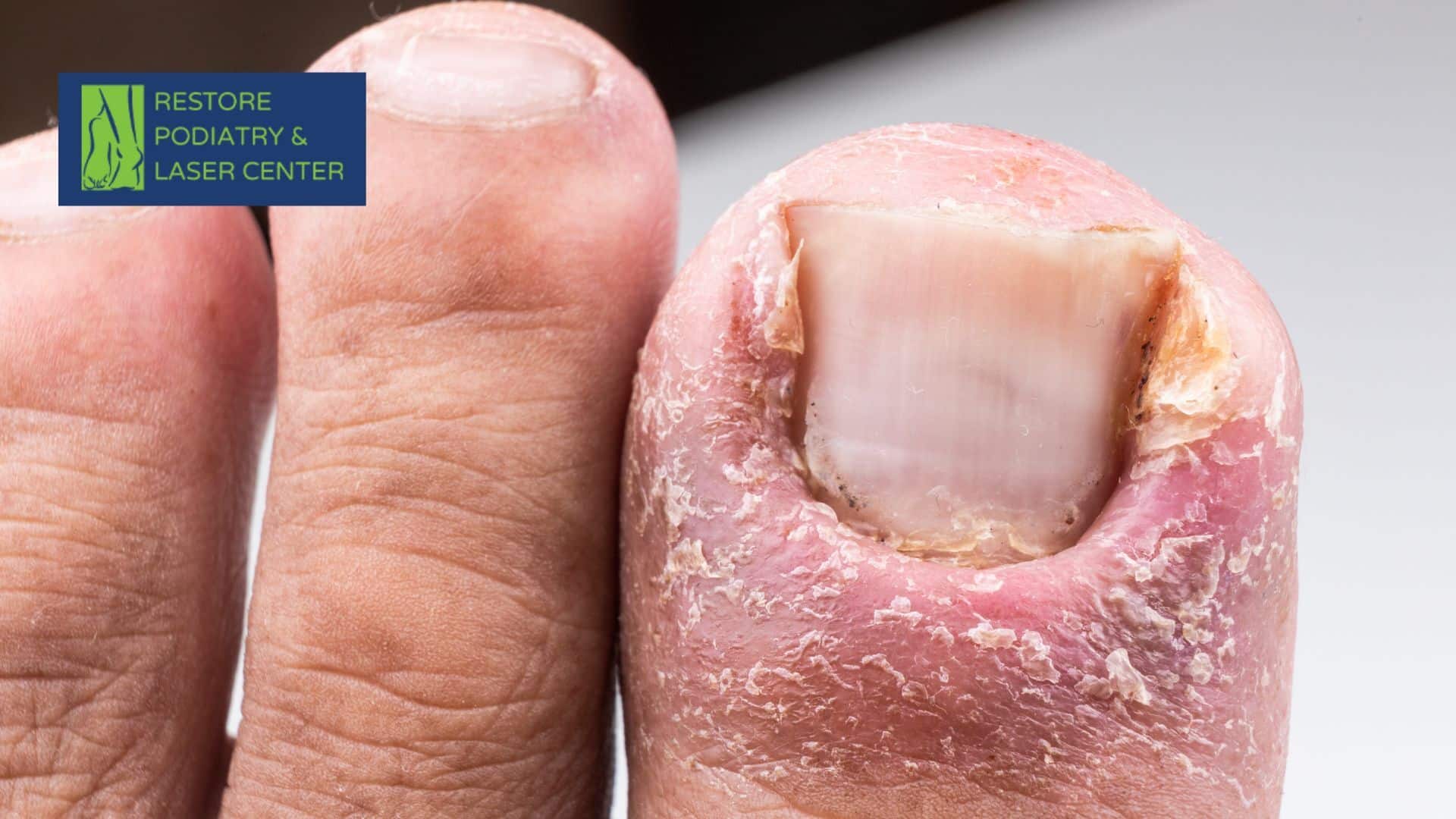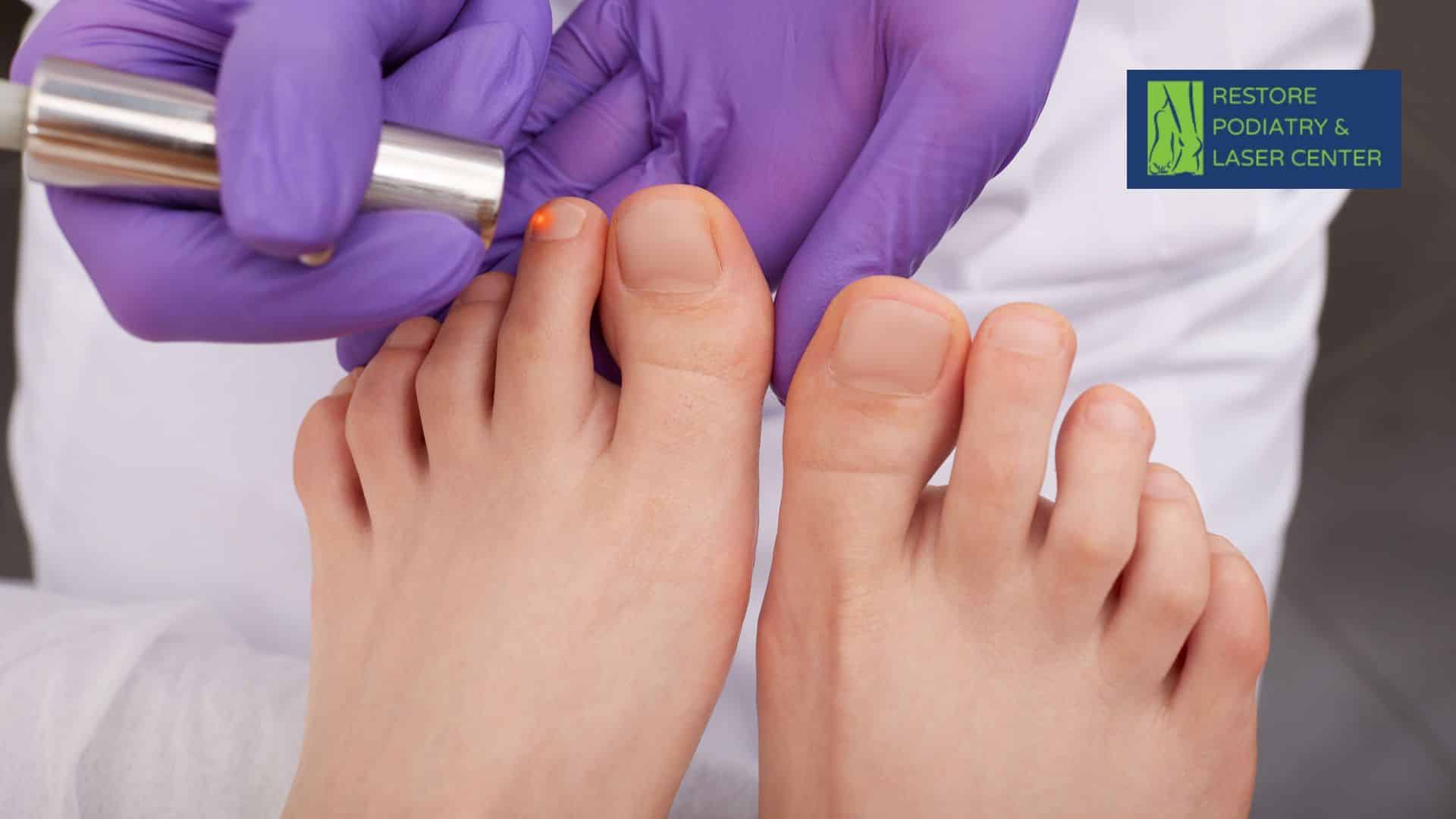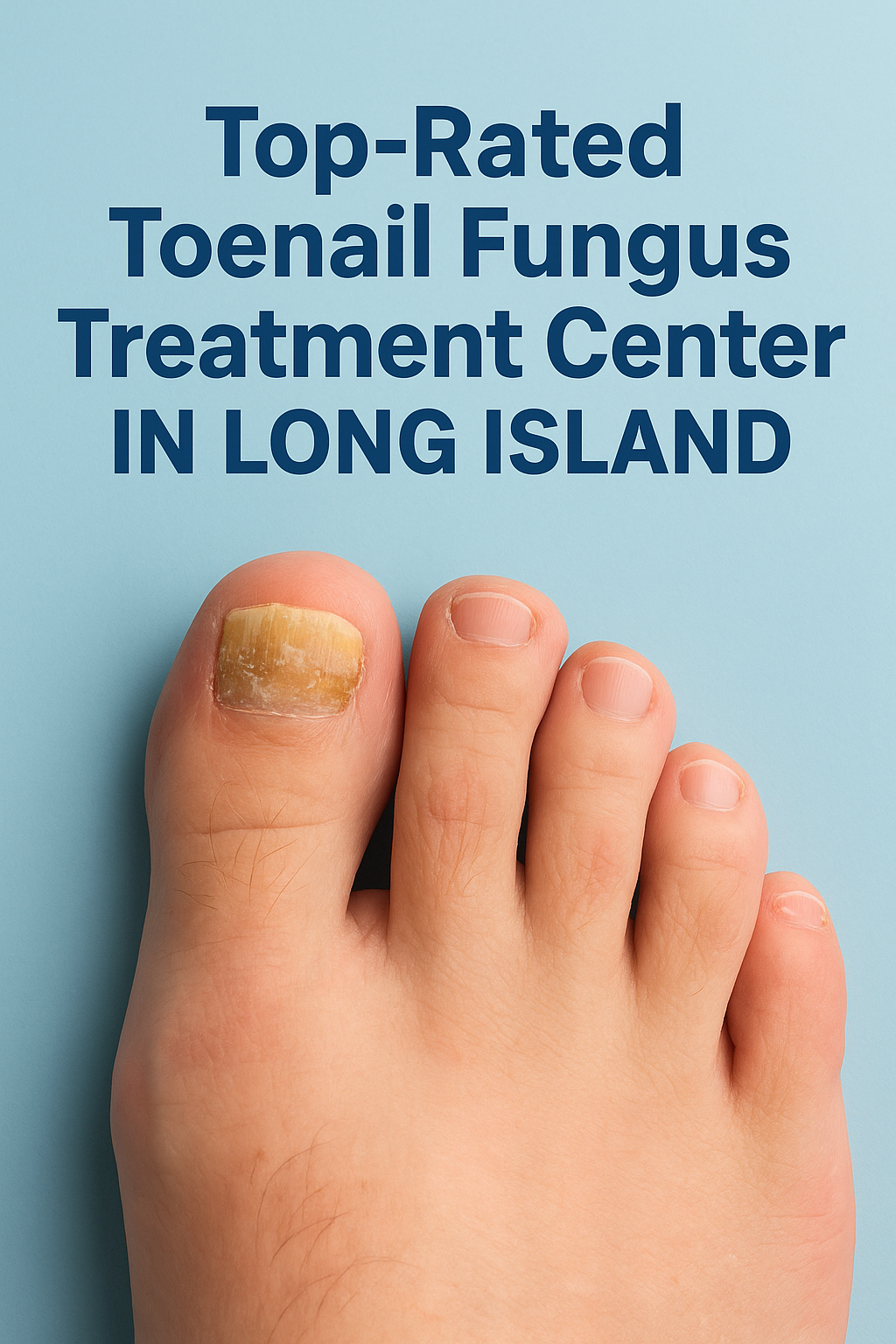1. New, Healthy Growth at the Nail Base
A clear sign of progress is the emergence of pinkish, smooth nail growth from the cuticle. This healthy tissue pushes the damaged portion outward
2. Fading Discoloration
Expect yellow, brown, or opaque areas to diminish gradually. A return toward the nail’s natural shade—especially at the base—is encouraging
3. Smoother Nail Texture
A foul smell is a common side effect of nail fungus. When the odor lessens or disappears, it usually means the fungus is weakening.
4. Reduction In Nail Thickness
As the infection subsides, nails tend to regain normal thickness, becoming more manageable
5. Reduced Odor and Debris
Fungal infections often cause unpleasant smells and buildup under the nail. A cleaner, fresher nail indicates decreased activity
6. Less Discomfort
Pain or pressure, especially from thickened or lifting nails, usually eases as the infection dies down
7. Less Debris Under the Nail
As fungus clears, you’ll see less chalky or crumbly buildup beneath the nail. Cleaning becomes easier, and the nail bed looks healthier.

